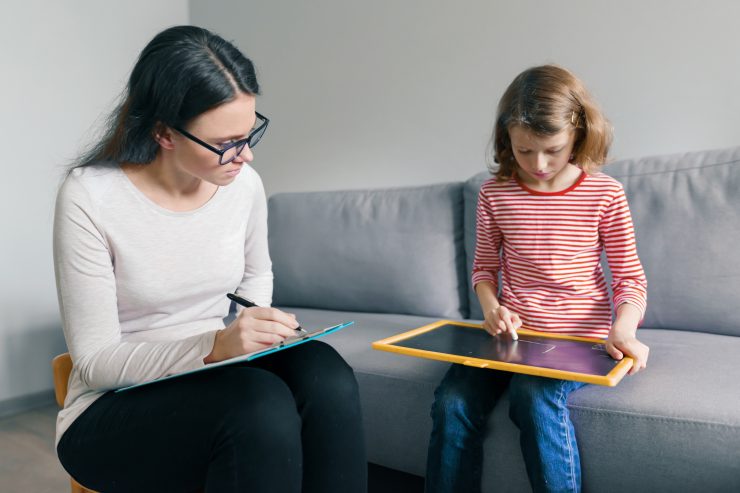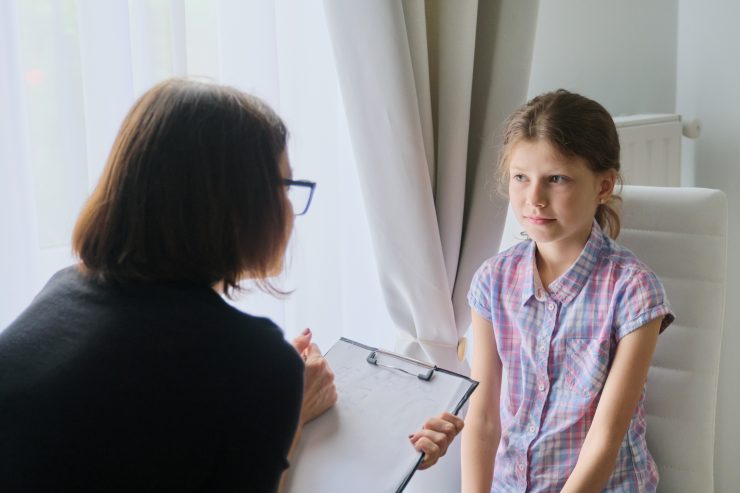COGNITIVE BEHAVIORAL THERAPY FOR CHILDREN


Cognitive behavioral therapy for children
- What is CBT?
- Conditions that CBT may help with
- Techniques used in CBT
- Types of CBT
- Finding CBT for children in Singapore
What is Cognitive Behavioural Therapy?

CBT is a type of Talk Therapy which aims to help children identify and replace negative thoughts with more positive ones. Reframing the underlying thoughts behind an action is integral to navigate effectively through personal challenges that a child may face during his childhood. This helps children discover new ways to interpret situations, evaluate their emotions and respond appropriately to negative experiences.
Conditions that CBT may help with
- Anxiety / Panic Disorders
- Depression
- Post-Traumatic Stress Disorder
- Behavioral issues
- Bipolar Disorders
- Attention Deficit Hyperactivity Disorder (ADHD)
- Low self-esteem
- Lack of emotional regulation
- Chronic Stress
Techniques used in Cognitive Behavioural Therapy
Exposure Therapy
Exposure therapy first begins by identifying the “hierarchy of fear”. For example, if a child has a fear or anxiety of dogs, a qualified therapist might ask for a degree of fear on a scale of 1 – 10. From here, the therapist will expose the child to forms of a dog progressively, for example, he would first start with a picture of a cartoon dog, to a picture of a real-life dog, to an actual dog on the street. While the child faces these situations, a qualified behavioral therapist will support him and ensure that he is safe. With each instance, the therapist will check in with the child on his “hierarchy of fear”. This ensures that the anxiety diminishes over time and he gains mastery over those situations eventually.
Modelling Therapy
Modelling Therapy is a Cognitive Behavioural Therapy technique based on social learning theory. This therapeutic treatment technique emphasises on observing and imitating role models to induce behavioural change. In this form of therapy, a child must pay attention to the desired behaviour, retain what they have learnt and reproduce the desired behaviour. Typically, a form of reward or motivation is used to encourage the desired behaviour.
Restructuring Therapy
Types of Cognitive Behavioral Therapy
Individual CBT
Group CBT
CBT with Parents
Finding Cognitive Behavioral Therapy for children in Singapore
While there are many Brain Training Centres in Singapore offering Cognitive Behavioural Therapy, it is critical to look for a therapist that has rich experience working with children. It is best to search for a learning centre that can provide individually designed programs and curriculum that will address each issue and weakness faced by a child. Do some research and make sure that the programs are delivered by trained and experienced facilitators.
Tips on what to look out for in a Cognitive Behavioural Therapist:

Experience
Credentials
Transparency
A good therapist should provide parents with a professional treatment plan as well as an initial assessment of the child’s behavioural state. After every therapy session, there should be a review with the parents to inform them on how the child has progressed during therapy.
Common FAQs about Cognitive Behavioural Therapy
Research has shown that CBT is the most effective treatment method to help children suffering from depression and anxiety.
1.Occupational Therapists
2.Psychologists
3.Social Care Workers
4.Counsellors
The content provided is for educational and informational purposes only.

SCHEDULE A COMPLIMENTARY CONSULTATION
A good therapist should provide parents with a professional treatment plan as well as an initial assessment of the child’s behavioural state. After every therapy session, there should be a review with the parents to inform them on how the child has progressed during therapy.
